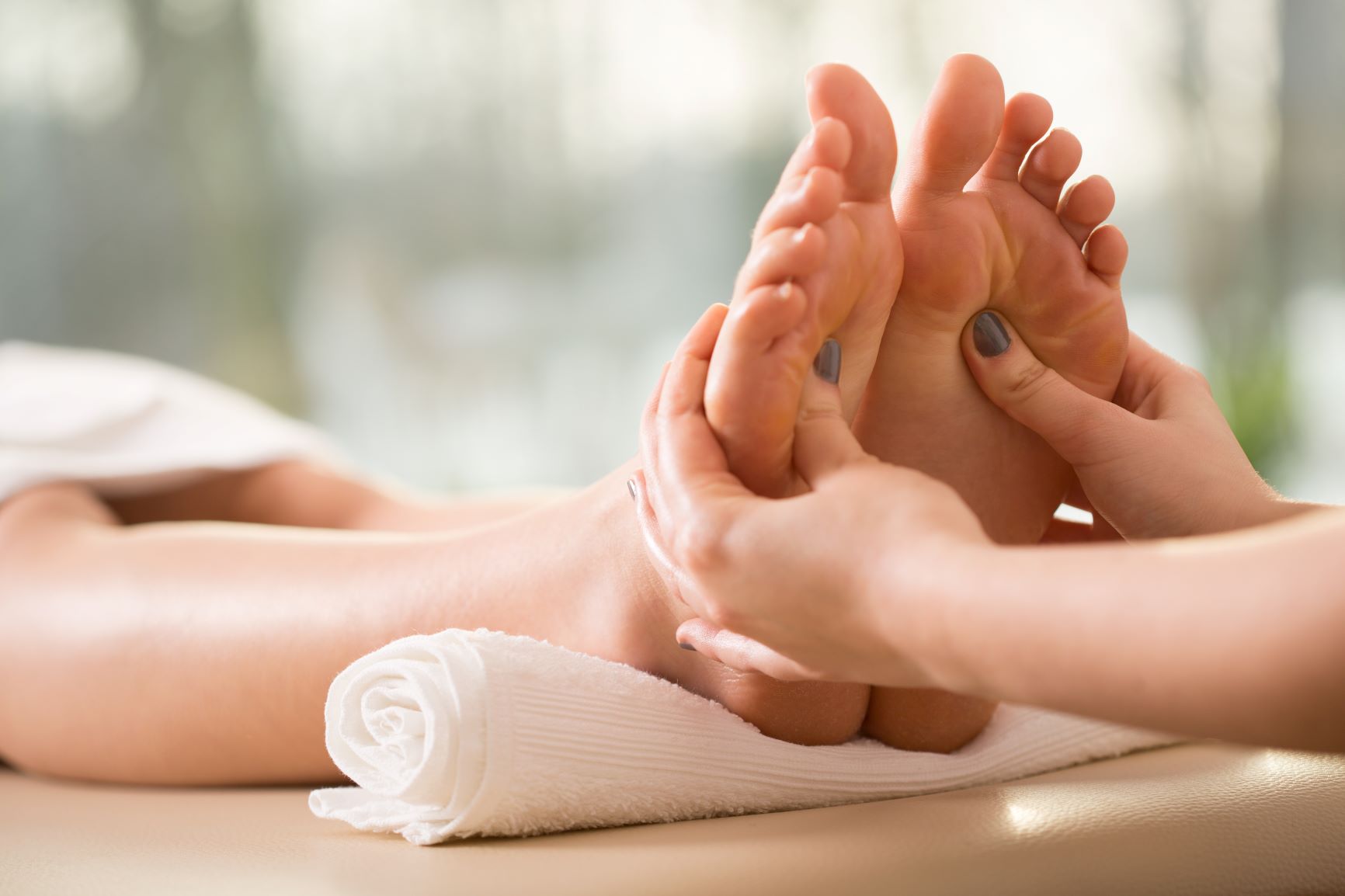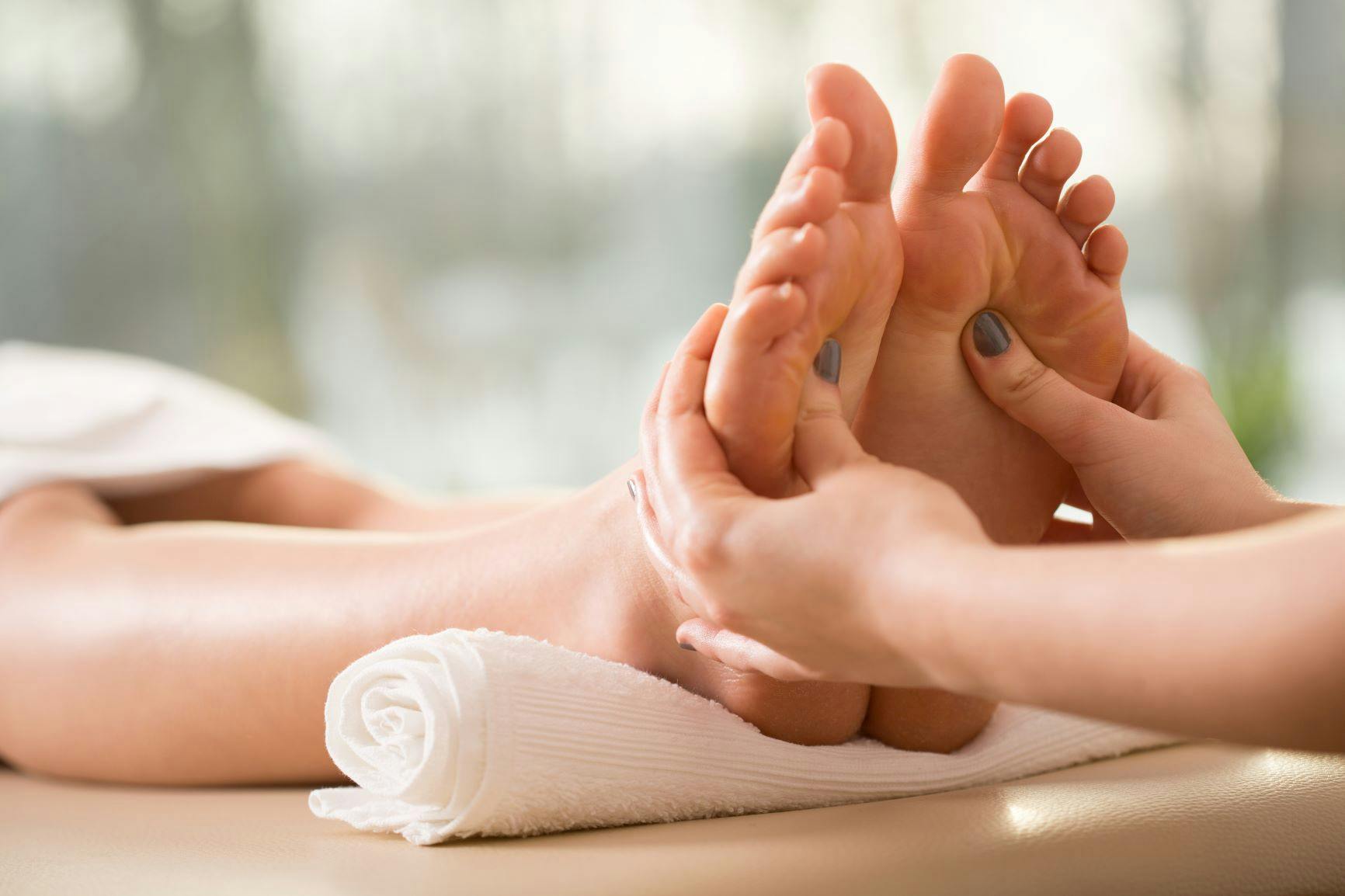
Reflexology: More Than Just a Foot Massage
Reflexology
If you're considering booking a reflexology treatment, you may have questions. What exactly is reflexology? What are the benefits? And is it just another word for a foot massage? In this article, we will cover the basics of what you need to know about reflexology.
What is Reflexology?
Reflexology is a therapeutic technique in which pressure is applied to specific reflex points on the foot that correspond to organs and areas of the body. The treatment induces a healing response, even alleviating some ailments.
Reflexology has been used for centuries in China and Egypt, but it wasn't until the early 20th century that it gained popularity in the Western world.
Understanding a Foot Reflexology Chart
A reflexologist uses a foot reflexology chart or maps to target specific body parts by applying pressure to the corresponding area of the foot. As you can see on the chart, there is a spot for every organ or system in the body.
How Reflexology Differs From a Foot Massage
While both treatments can be beneficial, there are some critical differences between a foot massage and reflexology. Massage therapy manipulates tissues to relax muscles, relieve tension, and improve circulation. Conversely, reflexology uses a targeted pressure-point massage to restore energy flow throughout the body.
What Are the Benefits?
Reflexology can address various issues, from headaches to sinus and stomach issues. It can also cleanse the body of toxins, boost the immune system, increases circulation, promotes healing, and balance energy.
What to Expect at the Spa
A reflexology practitioner must be certified and understand the meridians related to each pressure point to be effective. Most spas offer reflexology, and the cost is usually similar to a traditional massage. The treatment typically lasts up to an hour, and during the session, the therapist will rub, press on, and squeeze points on your feet to alleviate ailments.
Frequently Asked Questions
How much does a reflexology massage cost?
Prices for reflexology will vary from spa to spa, but you can expect to pay anywhere from $40-90 for a 1-hour session or $30-50 for a 30-minute session.
What is a reflexology session like?
The treatment typically lasts approximately 30 minutes, but it can last up to an hour. During the session, you're clothed and seated or lying down, and the therapist will rub, press on, and squeeze points on your feet. The therapist may concentrate on specific areas to alleviate ailments.
What should I remember after a reflexology massage?
Wait at least one hour after the massage before eating, don't receive reflexology if you are pregnant, try a prenatal massage instead, drink water following the treatment to eliminate toxins and lactic acid buildup that occurs during the massage, and consult a doctor first if you have foot problems, an injury, or a blood vessel disease associated with clots or varicose veins.
All rights reserved by The Medspa Store.
